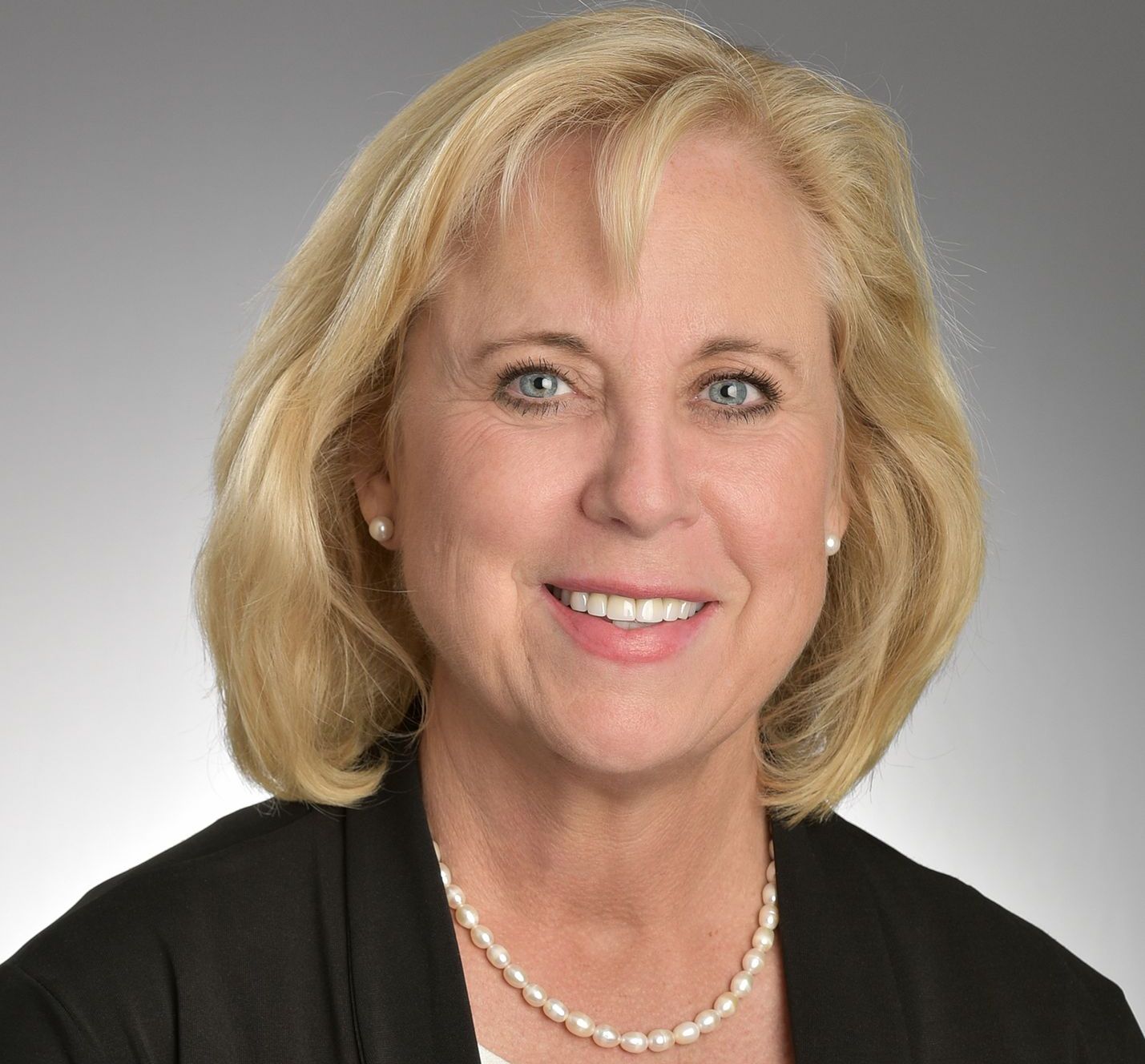Sentara Healthcare Initiative Aims to Boost Supply Chain Diversity
Sentara Healthcare announces the formation of its Supplier Diversity Executive Council.
Terrie Edwards

In an effort to diversify its supply chain and support the local economy, Sentara Healthcare announced the creation of a Supplier Diversity Executive Council. The not-for-profit system of 12 hospitals based in Norfolk, Virginia consists of over 300 sites of care and 28,000 employees.
Each year, the company typically spends around $2.4 billion on supply chain. But the pandemic caused the sum to spike to over $3 billion, while prices for personal protective equipment (PPE) continue to rise. Under the new model, Sentara plans to grow partnerships with local and regional suppliers, in addition to companies owned by women, people of color and veterans.
Jennifer McPherren, vice president of supply chain, will chair the Council which will be made up of the health system’s director of diversity and inclusion, vice president of government relations, and representatives from the company’s real estate and construction divisions to help grow contracts with local companies.
The initiative began in 2017, when Sentara took a look at its existing vendors and began to stratify them and identify small businesses run by women and minorities (SWAM), explained Terrie Edwards, a corporate vice president at Sentara, in an interview with Chief Healthcare Executive™.
“In 2020, right before the pandemic, we decided that we were going to be very intentional about building our diversity base, not just ethnically, but by location, geographically, and types of businesses that align more closely with SWAM,” Edwards said.
When the COVID-19 pandemic squeezed the global supply chain and created mass PPE shortages, Sentara was able to contract with two local companies to help offset the shortage.
“There was a small business in the Virginia Beach market that was in the process of learning to make procedural masks, and we needed procedural masks, and they got the pricing of those procedural masks pretty competitive. So, we switched from the national vendor ordering the procedural masks overseas to this local vendor, who has become a partner with ours,” Edwards explained. Switching to a local vendor, the company was able to save money by cutting down on transportation costs.
Sentara currently gets vendors through its national group purchasing organization or through local and regional contracts, while a new position at Sentara will be charged with broadening the overall supplier base. Through this initiative, the company hopes to ensure enough supplies are on hand or delivered when disruptions like COVID-19 or the blockage in the Suez Canal occur.
Citing the effects of Hurricane Maria on the pharmaceutical industry in Puerto Rico in 2017, Edwards emphasized the importance of diverse supply chains and alternative product streams.
“What you realize is when you become so dependent on another country, you really are at their mercy. If they dry up, you have no alternative,” Edwards said.
The company has also increased its identification and tracking of tier 2 vendors, or vendors subcontracted by those with whom Sentara contracts. “We had one project that was an emergency room project at one of our hospitals…And when we broke it down, it was about 50% of the total subcontractors, or tier 2, were minority businesses or small businesses. That was pretty exciting to see that our contractors are now moving in that direction as well.”
As part of its 3-year diversification goal, small suppliers will receive quarterly education sessions through Sentara in an effort to better respond to proposal requests and thrive as long-term partners. This way, Sentara can understand what products businesses might have and help those who qualify become certified SWAM vendors.
Because the transition offers a much richer supply chain, other health systems are interested in Sentara’s initiative, Edwards said. “I think all businesses are realizing that that's value added. And if you can infuse money in your local economy, then that helps everyone, especially at a time like this.”
Overall, the system initiative strives to look at its community in a holistic manner. By infusing money into the local economy, it opens a window for more jobs to be created and the potential for employer-provided health benefits, ultimately spreading equity within the community. The full diversity and inclusion plan encompasses employees, community commitments and relationships with business partners.
“What we hope to do with our diversity is really lessen our dependency on a few key vendors, invest in our local community and create jobs by supporting local businesses,” Edwards said.
Telehealth faces a looming deadline in Washington | Healthy Bottom Line podcast
February 12th 2025Once again, the clock is ticking on waivers for telemedicine and hospital-at-home programs. Kyle Zebley of the American Telemedicine Association talks about the push on Congress and the White House.